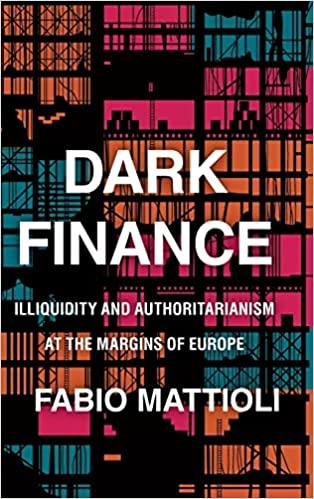
A company is considering submitting a tender for a job Producing the tender will cost the company $1,900, which must be paid even if the company does not win the tender The company's current expectation of the cost of the project is that there is a 0.58 probability that the cost is $7900, and otherwise the cost is $11200. These costs do not include the cost of producing the tender The company also believes that their is a 0.21 probability that the lowest competing bid will be $9,400, a 0.26 probability that the lowest competing bid will be $15,200, and otherwise the lowest competing bidll be $12,200 In regard to the tender price the company is considering whether it should bid $10600, bid $14000, or not bid. You may assume that the probabilities given for the costs of the project are independent to the probabilities of the values of the lowest competing bid. Thus if they submit a price of $14,000 then the probability that they will make the maximum profit ($14,000-$7.900-$1.900 = $4,200) is P(winning) * P(low cost) = 0.26 * 0.58 Use the applet below to draw a decision tree that represents this situation and show all EMVs and probabilities. Indicate selection of decision options with probability = 1 for preferred options and probability 0 for rejected options Monetary values should be answered to the nearest dollar. Probabilities should be answered to three decimal places. Do not include dollar signs or commas. A company is considering submitting a tender for a job Producing the tender will cost the company $1,900, which must be paid even if the company does not win the tender The company's current expectation of the cost of the project is that there is a 0.58 probability that the cost is $7900, and otherwise the cost is $11200. These costs do not include the cost of producing the tender The company also believes that their is a 0.21 probability that the lowest competing bid will be $9,400, a 0.26 probability that the lowest competing bid will be $15,200, and otherwise the lowest competing bidll be $12,200 In regard to the tender price the company is considering whether it should bid $10600, bid $14000, or not bid. You may assume that the probabilities given for the costs of the project are independent to the probabilities of the values of the lowest competing bid. Thus if they submit a price of $14,000 then the probability that they will make the maximum profit ($14,000-$7.900-$1.900 = $4,200) is P(winning) * P(low cost) = 0.26 * 0.58 Use the applet below to draw a decision tree that represents this situation and show all EMVs and probabilities. Indicate selection of decision options with probability = 1 for preferred options and probability 0 for rejected options Monetary values should be answered to the nearest dollar. Probabilities should be answered to three decimal places. Do not include dollar signs or commas







